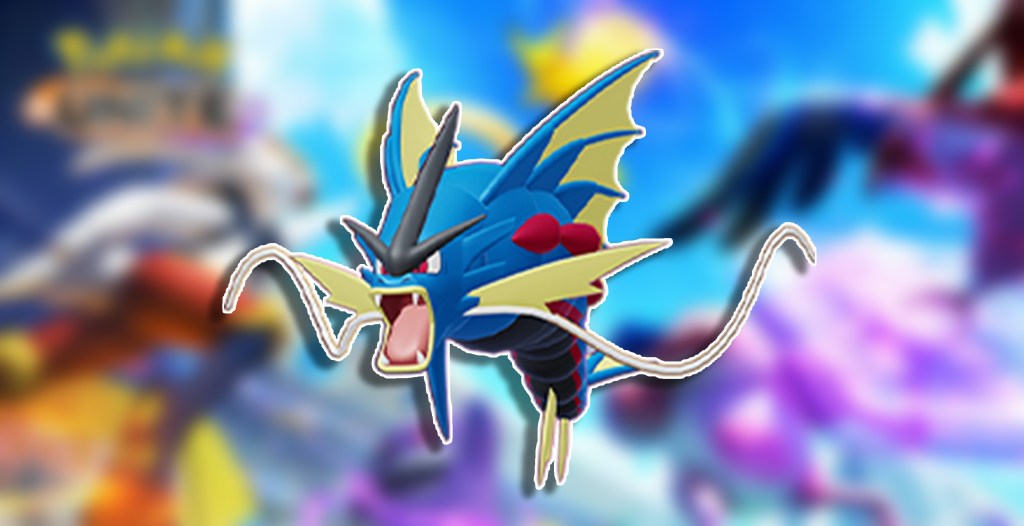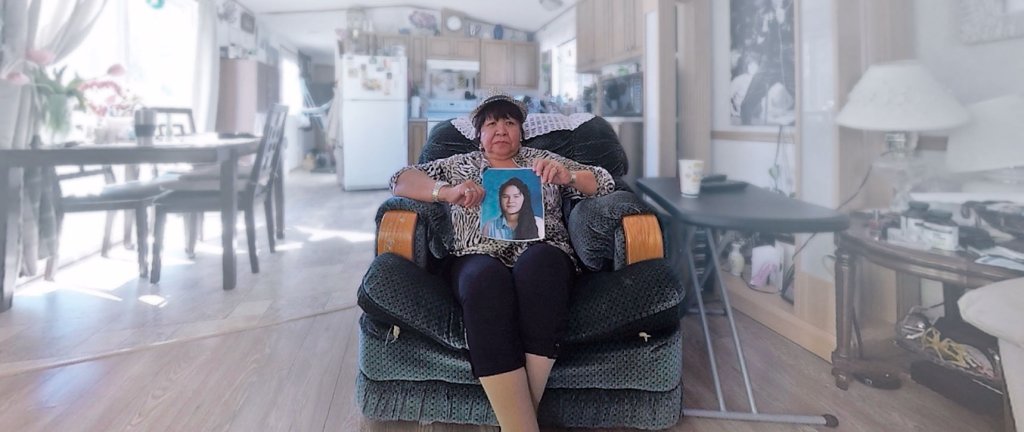The first time I traveled on British Columbia’s Highway of Tears, I don’t think I realized it until weeks later.
In a rush of too-earnest journalistic curiosity I’d piled into a van full of activists headed for Nak’azdli territory. The group was paying last respects to Mount Milligan before it was split open by a copper and gold mine in 2013. (In the back seats there was much talk of Enbridge protest, since the proposed Northern Gateway line would cut right through there, too).
Videos by VICE
Driving through those valleys and forests, I hadn’t stopped to think we were also passing through a place notorious for missing and murdered Indigenous women. I had read about the stretch of BC road known for abduction, killing, and police indifference. I just hadn’t put it together in my brain.
I wasn’t expecting it, but those memories came back Tuesday while plugged into a virtual reality documentary about Highway 16 and the families still mourning lost relatives. The short piece, followed by a conversation with Anishnaabe filmmaker Lisa Jackson, helped me understand the disconnect between the landscape and the violence.
After chatting with Jackson about why she jumped on board with CBC’s The Current for this project, I figured this was part of her plan all along. “One of the things I really wanted to show was the beauty of the territory,” she told VICE.
You can see that intent in sweeping drone shots of the highway from well above the tree line, mountain ridges the far distance. It doesn’t look like BC’s typical postcard vistas, with some scarring from fire or pine beetle, but it’s raw wilderness nonetheless.
Jackson says it’s a city-centric view that paints remote parts of the province as an inherently dangerous places for women. She says it’s systemic issues of poverty, racism and policing that leave Indigenous women vulnerable to abuse. “The problem isn’t that these Indigenous communities are in the middle of nowhere—they’re actually in the middle of their territory.”
As many as 50 Indigenous women have disappeared along the highway since 1970, according to advocates. Jackson’s film focuses on one.
Jackson told me she wanted to “get out of the way” and let viewers have a “direct experience” with the land and Matilda Wilson, mother of Ramona Wilson, who disappeared in June 1994 at age 16. The setting flips between those soaring road shots to Matilda’s living room. It’s a space brimming with trinkets, family photos, CDs and a well-used water cooler.
In many ways Ramona’s story echoes those of other women who disappeared. Transportation options were limited. She was on her way to a friends’ house, but never arrived. When Matilda tried to file a missing person’s report, police told her Ramona probably just ran off to another city, and recommended she sit and wait until her daughter called back. Over a year later, Ramona’s body was recovered along the highway, and her murder remains unsolved today.
Though Jackson says it would have been easy to fall into the patterns of true crime and suspense, she resisted any over-dramatization. “I feel very strongly as an Indigenous filmmaker that it’s important to convey the story as directly as possible,” she told VICE. “It’s not the place for fancy stylistic maneuvers.”
Part of that neutral structure comes out of the medium itself, which doesn’t allow for conventional film editing. “You can’t edit shots, you choose environments,” she said. “In some ways it’s a lot more stripped down, less directed.”
So far that approach hasn’t stopped viewers from having widely different reactions—some feeling unsettled by the bare imagery and Matilda’s description of the search for her daughter’s body as “a needle in a haystack.” Another viewer told me she was moved nearly to tears by Matilda’s direct eye-contact.
“It’s really striking how people react to the experience of being in an intimate space with the mother of one of the murdered and missing,” Jackson said. “In a sense we all feel this is our community, and to be in Matilda’s space, and to listen to her, it really shows her full humanity—it doesn’t just make her a statistic.”
Although Matilda is still waiting on justice for her daughter, the overall story of the Highway of Tears is still active and ongoing. In December, a CBC investigation uncovered new leads for the unsolved murder of Alberta Williams. And just a few weeks ago the province installed new webcams and bus shelters as part of a plan to improve safety for women traveling the route.
As for the VR adaptation of it, Jackson and The Current will be taking the installation to Toronto next month, and Ottawa* sometime in March.
Follow Sarah Berman on Twitter.
*Note: The doc won’t be stopping in Montreal, as an earlier version stated.
More
From VICE
-

A24 -

Screenshot: Epic Games -

Mega Gyarados in Pokemon UNITE

